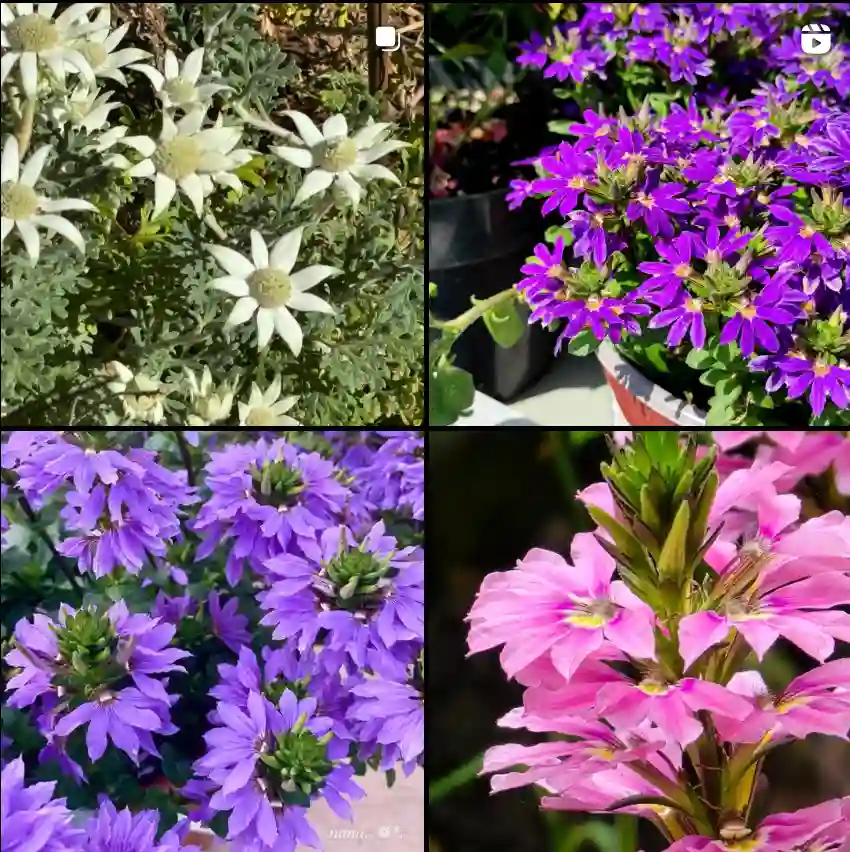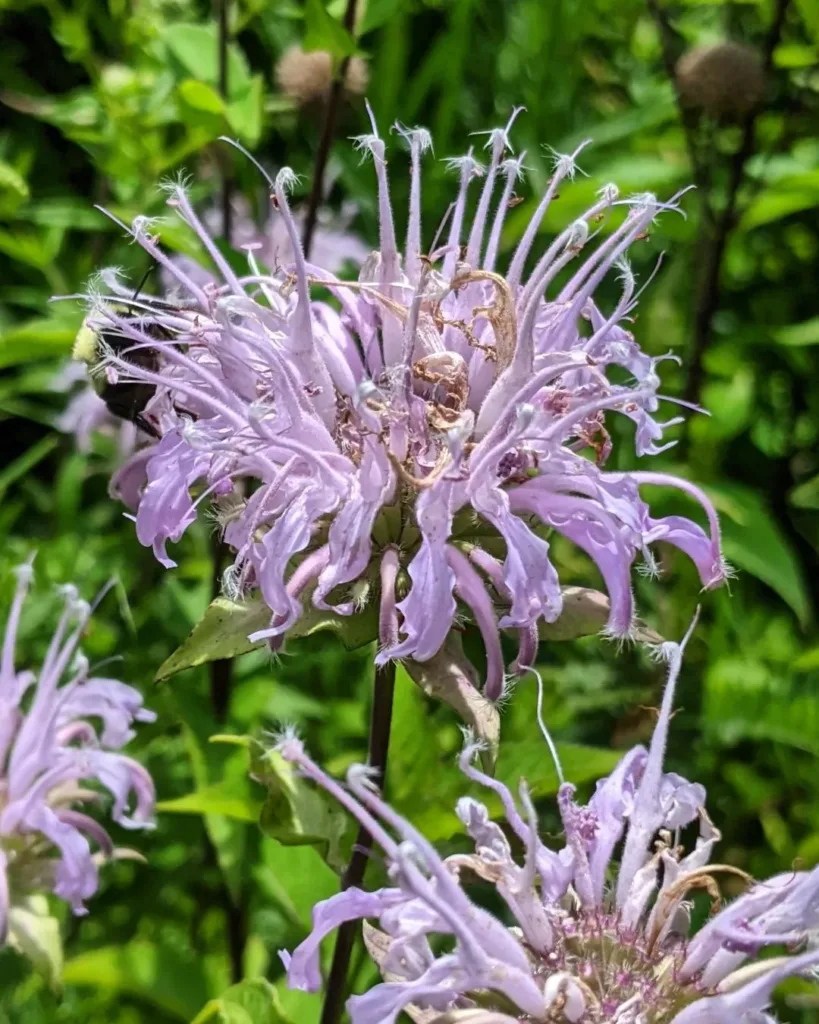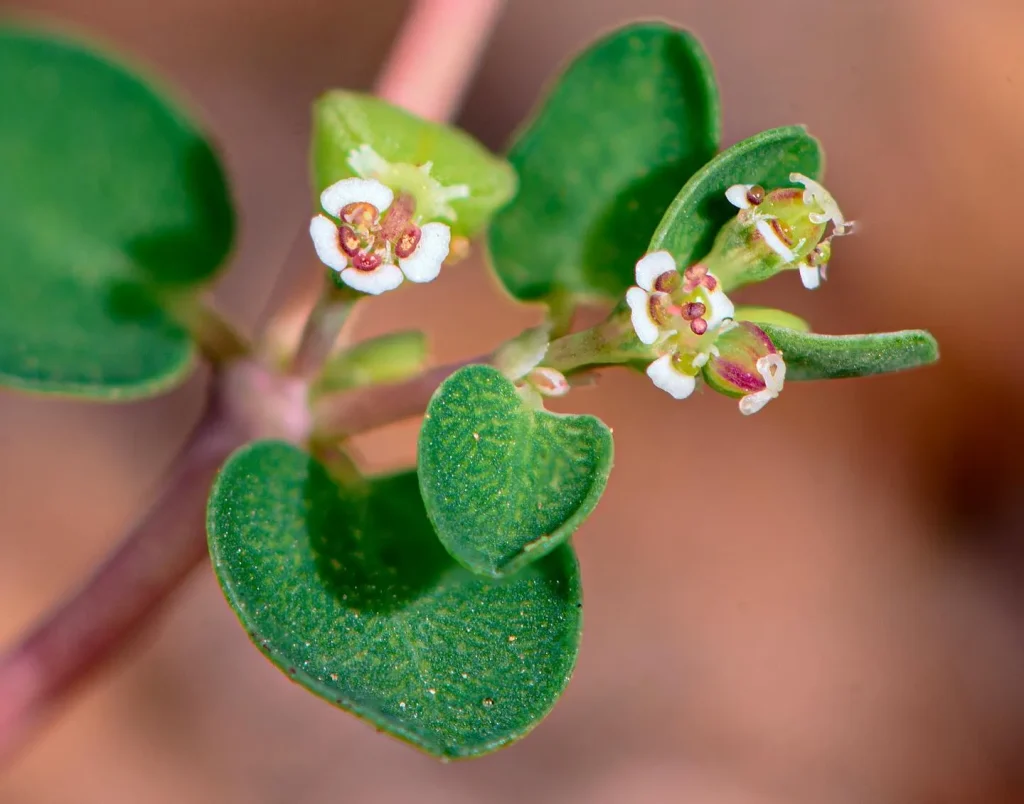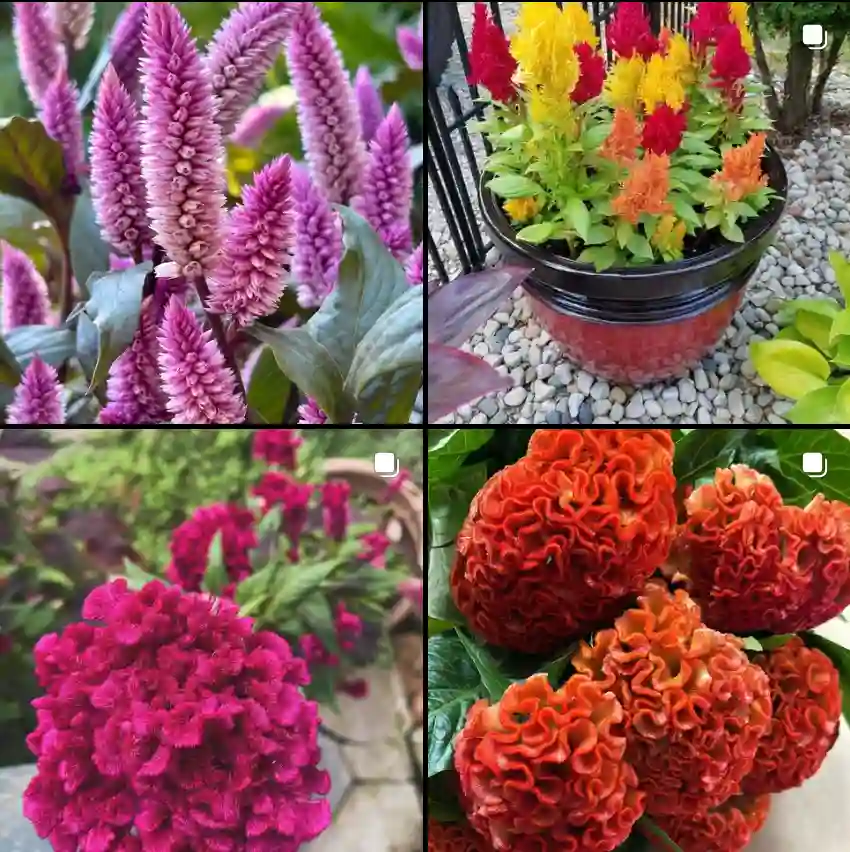When I first encountered the Krameriaceae plant family, it was the intriguing flowers and their striking adaptations that caught my attention. The family isn’t as well-known as many others, but it has a uniqueness that sets it apart in the plant kingdom. This relatively small family contains just one genus—Krameria—which immediately makes it distinct in my mind. Having a single genus underlines the evolutionary niche it has carved for itself.
Overview of the Krameriaceae Family
The Krameriaceae family is native to the Americas, predominantly found in dry and arid regions. I’ve always admired how certain plants adapt to harsh conditions, and the Krameriaceae’s members are prime examples of this resilience. These plants, often referred to as ratany, are small shrubs with bright, eye-catching flowers that range from pink to purple. One look at their blooms, and it’s easy to see why they have a place in the arid landscapes where they thrive.
The flowers are designed for specific pollinators, which is something I’ve come to appreciate more and more in my plant studies. Unlike the broader pollination strategies of many species, the Krameriaceae is highly specialized. Bees, specifically oil-collecting bees, are drawn to these plants. The bees gather oil from the flowers, not nectar, which is a rare trait in flowering plants. This specialization speaks to how deeply interconnected these plants are with their environment.
The Genus Krameria
As I mentioned earlier, the family has only one genus: Krameria. While it may seem limiting, the genus is rich with diversity within itself. There are about 18 recognized species under this genus, all of which share some common characteristics but also have their unique traits.
I’ve personally found that the most striking species is Krameria erecta, also known as littleleaf ratany. It thrives in the southwestern United States and Mexico, particularly in desert areas. What amazes me most about this species is its survival strategy—it is a hemiparasite, meaning that while it does perform photosynthesis, it also relies on neighboring plants for water and nutrients. This dual strategy of surviving in extreme environments showcases just how resourceful the Krameria plants are.
Other notable species include Krameria lanceolata, also known as trailing ratany. This species is more widespread across the southern United States and can often be found in rocky soils and prairies. Like its relatives, it’s adapted to survive in conditions where water is scarce and temperatures are high.
Relevance of Krameriaceae
The Krameriaceae family has several uses, some of which I hadn’t fully appreciated until I dug deeper. For example, Krameria triandra, known as rhatany root, has long been used in traditional medicine, particularly in South America. The roots of this plant contain tannins, which make it valuable for treating ailments such as sore throats and gum inflammation. These medicinal uses date back centuries, and I find it fascinating how ancient cultures found remedies in such hardy plants.
Beyond its medicinal uses, Krameria species have also been used in dye production. The roots contain pigments that have historically been used for staining fabrics, another example of how plants from the Krameriaceae family contribute to human activity.
Adaptation and Survival in Harsh Conditions
The more I learn about Krameriaceae, the more I admire its evolutionary adaptations. These plants are specialists in surviving in some of the harshest environments on Earth. They thrive in areas with low water availability, poor soil, and high temperatures. By forming parasitic relationships with other plants, they ensure that they have access to the nutrients they need. This adaptation is not just a survival mechanism but a brilliant evolutionary tactic to outlast competitors in such extreme climates.
The flowers’ specialized relationship with oil-collecting bees is another remarkable feature. Most flowering plants offer nectar to pollinators, but Krameria has evolved to attract bees with oil. The bees, in turn, use this oil to line their nests, ensuring that both the plant and the bee benefit from this unique relationship. This level of specialization makes the Krameriaceae family stand out in terms of ecological interdependence.
My Connection to Krameriaceae
Every time I study a plant family like Krameriaceae, I am reminded of how plants are more than just a part of the landscape. They are integral to ecosystems, human history, and even modern science. The Krameriaceae family may be small, but its impact is significant. Whether through its ability to survive in extreme conditions, its specialized relationship with bees, or its historical use in medicine, the Krameriaceae family has earned its place in the botanical world.
For me, understanding these plants on a deeper level is not just about their taxonomy or classification. It’s about seeing the bigger picture—how they interact with their environment, how they’ve adapted over time, and how they continue to play a role in both natural and human worlds. That’s why, despite its limited number of species, the Krameriaceae family is one I hold in high regard. It’s a testament to nature’s adaptability and the intricate web of relationships that sustain life on our planet.
In short, the Krameriaceae plant family, though modest in size, provides an excellent case study in resilience, specialization, and ecological significance.
If i die, water my plants!



